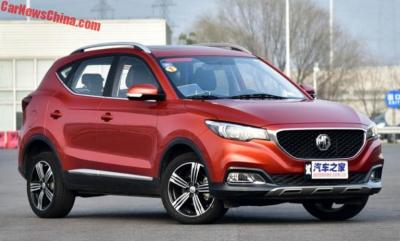Since McF7y is not well verse, can get easily misinformed again. A turbo charger application is a science that requires careful calculation and balancing act :
http://www.motoiq.com/MagazineArticles/ID/...t-GTX-Gen2.aspxFrom earlier reply. :
Here, i'm specifically addressing your comment on the "activation" of the turbocharger rpm range as what you say is misleading. Have you ever tried just using your fingers to flick the turbocharger's blade and see how easy it starts spinning? And that is still without the full pressure of oil lubricating it. Normal turbochargers at operation can spool more than 100,000rpm. How much more force would the car exhaust be generating even at idle. And it also seems like you have no understanding of reading the engine power/torque graph.
[attachmentid=8968777]
I'm using the 8AR-FTS power graph used in the NX and GS as an example. The torque curve is 1650-4000rpm. If really as per what you say that the turbocharger "activate" at 1650rpm, how come the torque curve is stuck flat around there till 4000rpm and after that drop ar??? Going by your thoughts, shouldn't the torque line shoot up sky high? Below 1650rpm, the turbocharger tutup valve and exhaust gas go straight to exhaust and not spooling the turbocharger??
Race and pure performance orientated cars aside, normal daily driven models need the peak torque limited due to :
- fuel efficiency concerns
- limit the turbocharger from operating out of it's efficiency range
- leading to reducing effective air mass (also means reducing your engine breathing efficiency)
- with overly heat soaked air,
- causing predetonation
- which leads to component failures
Normal non modified cars, the main portions that will create exhaust back pressure are :
- exhaust header design
- existence of catalytic converter
- exhaust pipe diameter
- muffler
Even if put a larger than required turbo charger, there won't be back pressure if the above are optimised with the engine. The turbocharger will still definitely spin, just outside of it's effective operating range or what some tuners call the surge line where the "push" is the most effective.
Seems like it is you who even fail to understand the proper concept of turbocharging with/without the help of wikipedia.
Trying to save your shame by twisting story, lol! The valve only opens to draw air from turbocharger inlet into engine at its operating speed. When closed, the air will go through bypass inlet. Volvo and Honda turbocharger came up with amplifier to ensure enough dense air before letting it flow into engine to eliminate lag further. I refer my old engineering manual, unlike you only Google and post your own assumption. Got new stuff, replying you over Optima GT thread.


 Jul 6 2017, 09:42 PM
Jul 6 2017, 09:42 PM

 Quote
Quote


 0.0214sec
0.0214sec
 0.58
0.58
 7 queries
7 queries
 GZIP Disabled
GZIP Disabled